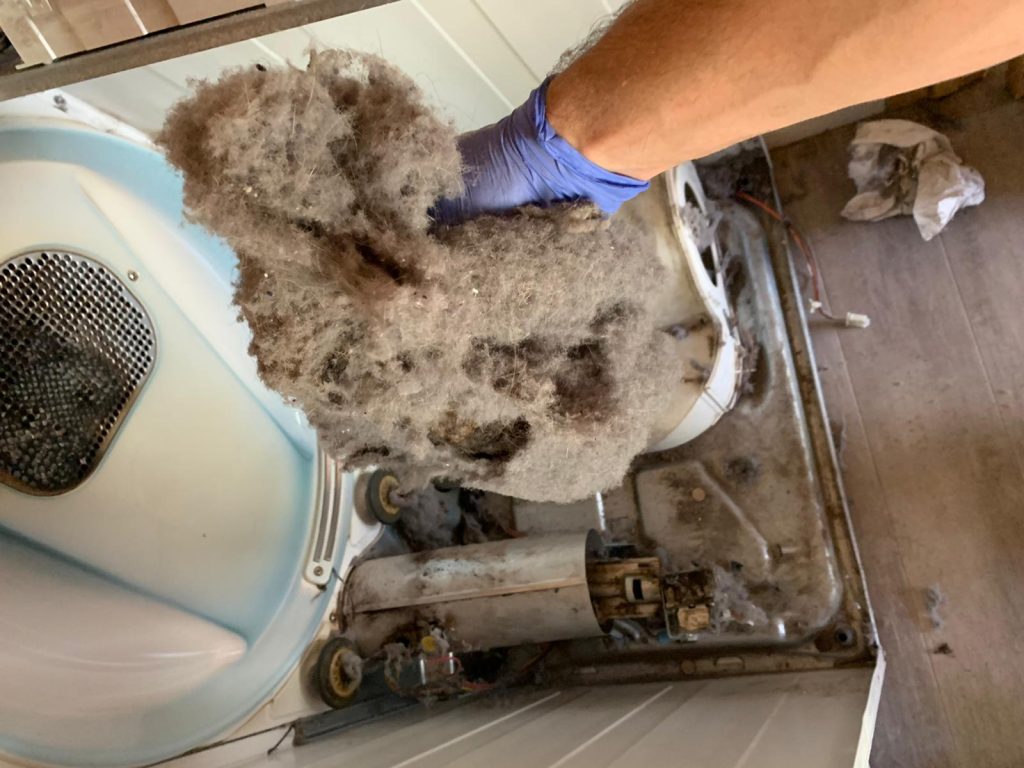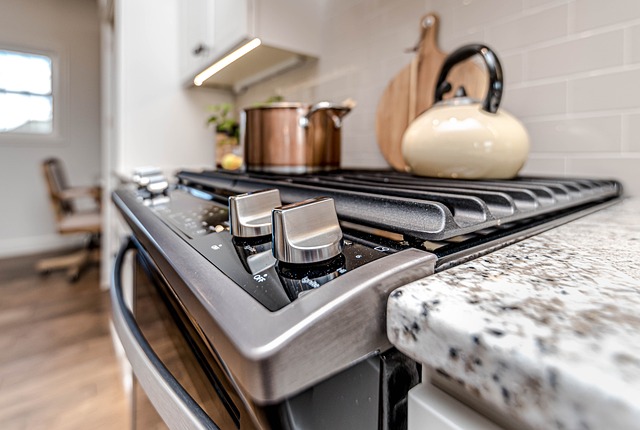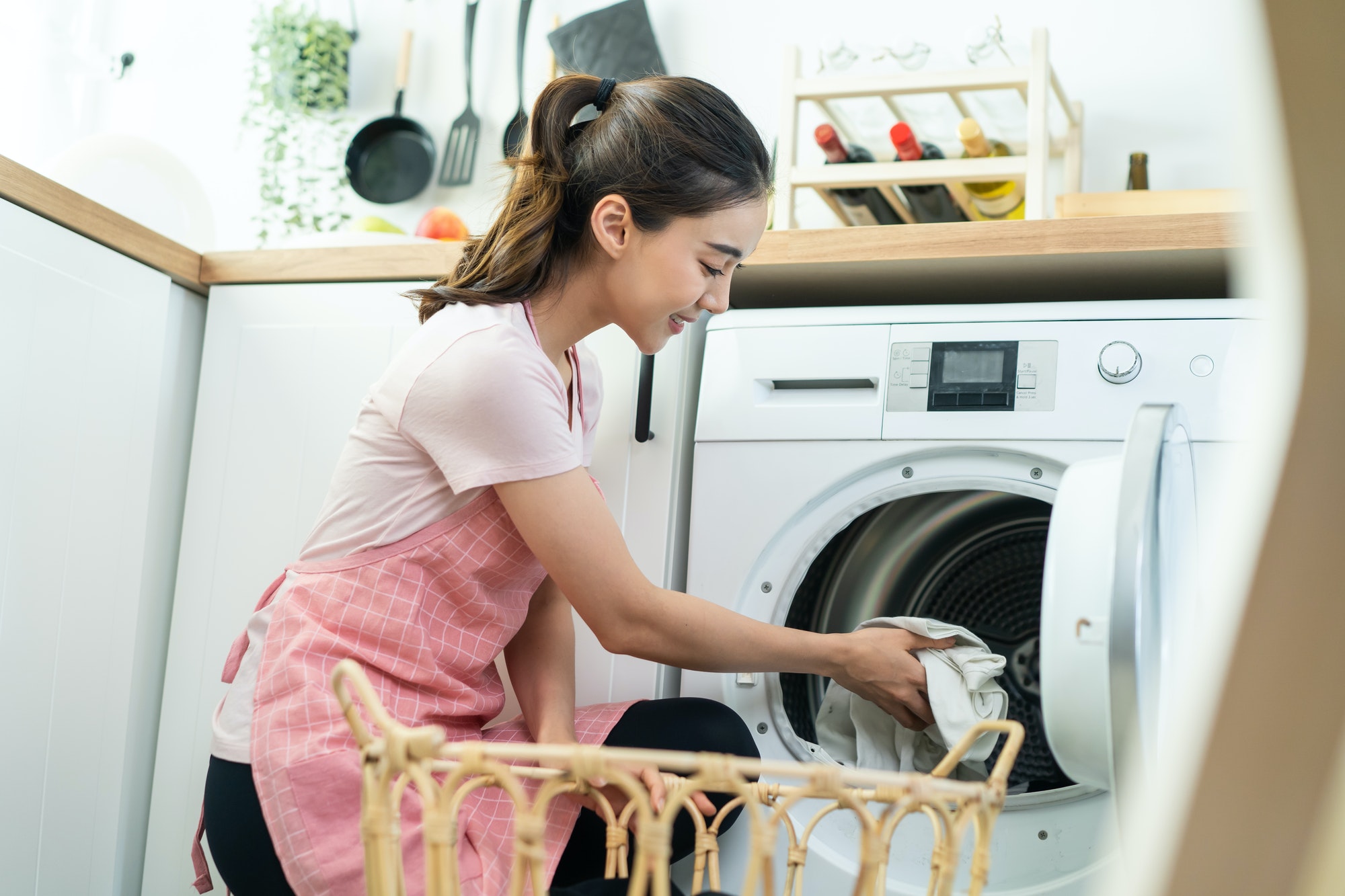Home appliances are essential to everyday life, making our daily chores more manageable. However, even the best appliances can break down over time. The good news is that many common appliance issues can be fixed at home without professional help. Below is a detailed guide to 10 common home appliance problems and how to repair them, including tips and tools you may need.

1. Washing Machine Not Draining
Problem: One of the most frequent washing machine problems is that it doesn’t drain properly, often leaving you with a tub full of water and wet clothes. This can be caused by a clogged drain hose, a malfunctioning pump, or a blockage in the filter.
How to Repair:
- Check the drain hose: Detach the drain hose from the washing machine and inspect it for any obstructions. Remove any visible debris. You may need to use a flexible hose cleaner to get inside.
- Inspect the pump: The pump might be blocked with lint or small objects. Consult your washing machine’s manual to locate the pump and clean out any debris.
- Clean the filter: Many washing machines have a filter that can get clogged over time. Locate the filter, usually at the bottom of the machine, and remove any lint or dirt trapped in it.
Tools Needed: Screwdriver, hose cleaner, bucket (to catch water).
2. Refrigerator Not Cooling
Problem: A refrigerator that isn’t cooling properly can lead to spoiled food and higher electricity bills. The most common causes include dirty condenser coils, malfunctioning evaporator fans, or a faulty thermostat.
How to Repair:
- Clean the condenser coils: Dust and debris on the coils can cause the refrigerator to overheat. Turn off the fridge and use a vacuum or coil brush to clean the coils, typically located at the back or bottom of the refrigerator.
- Check the evaporator fan: Open the freezer to listen for the evaporator fan. If it’s not running, the fan may need to be replaced. Unplug the refrigerator, remove the freezer panel, and replace the faulty fan.
- Test the thermostat: The thermostat controls the cooling process. Use a multimeter to check if it’s functioning. If it’s not, replace the thermostat.
Tools Needed: Vacuum, coil brush, multimeter, screwdriver.
3. Dishwasher Not Cleaning Dishes Properly
Problem: If your dishes are coming out dirty or spotty, your dishwasher may have a clogged spray arm, dirty filter, or faulty soap dispenser.
How to Repair:
- Clean the spray arms: Remove the spray arms and rinse them under running water. Use a toothpick or small brush to clear any blocked holes.
- Clean the filter: The dishwasher’s filter catches food debris. Remove it (usually located at the bottom of the machine) and wash it under water.
- Check the soap dispenser: Ensure the soap dispenser is opening correctly. If it’s stuck, it may need lubrication or replacement.
Tools Needed: Toothpick, small brush, screwdriver.
4. Oven Not Heating Properly
Problem: When an oven fails to heat up properly, it can ruin your cooking. Common causes include a faulty heating element, malfunctioning thermostat, or blown fuse.
How to Repair:
- Check the heating element: Unplug the oven, locate the heating element inside, and inspect it for visible damage or burn marks. If it’s faulty, unscrew it and replace it with a new one.
- Test the thermostat: Use a multimeter to check if the thermostat is functioning properly. If it’s defective, replace it with a compatible model.
- Replace a blown fuse: If your oven is completely unresponsive, you may have a blown fuse. Consult the manual to locate the fuse and replace it.
Tools Needed: Multimeter, screwdriver, replacement heating element, fuse.
5. Dryer Not Spinning
Problem: A dryer that won’t spin is often caused by a broken drive belt, a faulty drum roller, or a malfunctioning motor.
How to Repair:
- Inspect the drive belt: Unplug the dryer and remove the top or front panel. Check the belt that wraps around the drum. If it’s broken, replace it.
- Examine the drum rollers: The drum rollers help the drum spin. If they’re worn out, you may hear squeaking. Remove the drum to access the rollers and replace them.
- Check the motor: If the motor is humming but not spinning, it might be defective. Use a multimeter to test the motor and replace it if necessary.
Tools Needed: Screwdriver, drive belt, multimeter, drum rollers.
6. Microwave Not Heating
Problem: If your microwave runs but doesn’t heat food, the most likely causes are a defective magnetron, capacitor, or diode.
How to Repair:
- Check the door switch: If the microwave’s door isn’t closing properly, it won’t start heating. Check the door latch and switch for any signs of damage.
- Test the magnetron: The magnetron produces the heat in the microwave. Use a multimeter to test for continuity. If it’s broken, it will need to be replaced.
- Inspect the diode: The diode helps the microwave generate power. If it’s damaged, you’ll need to replace it. Be cautious when working with capacitors as they can hold a charge even when unplugged.
Tools Needed: Multimeter, screwdriver, replacement magnetron or diode.
7. Stove Burner Not Heating
Problem: When an electric stove burner doesn’t heat, it’s usually due to a faulty burner, a bad connection, or a damaged switch.
How to Repair:
- Test the burner: Remove the burner from its socket and plug it into a working burner’s socket. If it works, the problem lies in the original socket, and it may need to be replaced.
- Check the connections: Inspect the burner socket and wires for loose or corroded connections. If necessary, replace the socket.
- Test the switch: Use a multimeter to test the burner’s switch. If it’s faulty, replace the switch.
Tools Needed: Multimeter, screwdriver, replacement burner or switch.
8. Garbage Disposal Not Working
Problem: A garbage disposal that hums but doesn’t grind or doesn’t turn on at all may be jammed or have an electrical issue.
How to Repair
- Unclog the disposal: Use a disposal wrench or an Allen key to manually turn the disposal from underneath. This can help dislodge any stuck debris.
- Press the reset button: Many disposals have a reset button on the bottom. If it’s tripped, press it to reset the system.
- Check for electrical issues: If the disposal still doesn’t work, check the circuit breaker. If it’s tripped, reset it. Also, test the outlet to ensure it’s functioning properly.
Tools Needed: Allen key, garbage disposal wrench, circuit tester.
9. Air Conditioner Not Blowing Cold Air
Problem: An air conditioner that doesn’t cool can be due to a dirty air filter, frozen evaporator coils, or low refrigerant levels.
How to Repair:
- Clean the air filter: Turn off the unit and remove the air filter. Wash it with water and let it dry before reinstalling. If the filter is damaged, replace it.
- Defrost the evaporator coils: Frozen evaporator coils can prevent the unit from blowing cold air. Turn off the air conditioner and let the coils defrost.
- Check refrigerant levels: Low refrigerant requires professional servicing. If you suspect this is the issue, call an HVAC technician for help.
Tools Needed: Screwdriver, replacement air filter.
10. Water Heater Not Heating
Problem: A water heater that isn’t producing hot water may have a faulty thermostat, heating element, or sediment buildup.
How to Repair
- Check the thermostat: Use a multimeter to test the thermostat. If it’s defective, replace it.
- Replace the heating element: The heating element can burn out over time. Turn off the power, drain the tank, and replace the faulty element with a new one.
- Flush the tank: Sediment can build up at the bottom of the tank and affect heating. Turn off the water supply, drain the tank, and flush it to remove sediment.
Tools Needed: Multimeter, screwdriver, heating element, hose.
Conclusion
Many common home appliance problems can be fixed with basic tools and a bit of troubleshooting. While some issues may require professional help, addressing these common problems yourself can save both time and money. Always prioritize safety by turning off appliances and consulting the manual before starting repairs.
By following these tips, you’ll be able to keep your household running smoothly and extend the life of your appliances.
Zuta Appliance Repair: Expert Home Appliance Repair Services for Your Berkeley Kitchen
In the heart of Berkeley, California, Zuta Appliance Repair is your trusted partner for maintaining the functionality and convenience of your home appliances. When one of your essential appliances, like your refrigerator, oven, or dishwasher, malfunctions, it can significantly disrupt your kitchen’s efficiency. That’s why we are committed to providing top-tier repair services for a wide range of home appliances. Whether it’s a broken icemaker or a faulty stove, our expertise ensures your appliances are back to working efficiently, minimizing inconvenience and keeping your kitchen running smoothly. With Zuta Appliance Repair, you’re not just getting a repair—you’re receiving a promise of quality, integrity, and reliability that enhances your kitchen’s performance and peace of mind.
Experience comprehensive solutions to all your home appliance issues with Zuta Appliance Repair. Our specialized services are designed to extend the life of your appliances and restore your kitchen’s full functionality. Our skilled team, equipped with unmatched expertise and a friendly approach, offers cost-effective solutions that deliver long-lasting results. This is more than just a repair service—it’s about restoring comfort and convenience to your home. Choose Zuta Appliance Repair for an improved lifestyle. Contact us now at (415) 592-4633 and let us get your appliances back to being reliable, efficient parts of your daily life, ensuring peace of mind and uninterrupted kitchen convenience.
Disclaimer
The materials available on this website are for informational and entertainment purposes only and not to provide legal or professional advice. You should contact your attorney or home improvement specialist to obtain advice concerning any particular issue or problem. You should not act or refrain from acting based on any content included in this site without seeking legal or other professional advice. The information presented on this website may not reflect the most current home improvement developments. No action should be taken in reliance on the information on this website. We disclaim all liability concerning actions taken or not taken based on any or all of the contents of this site to the fullest extent permitted by law.







